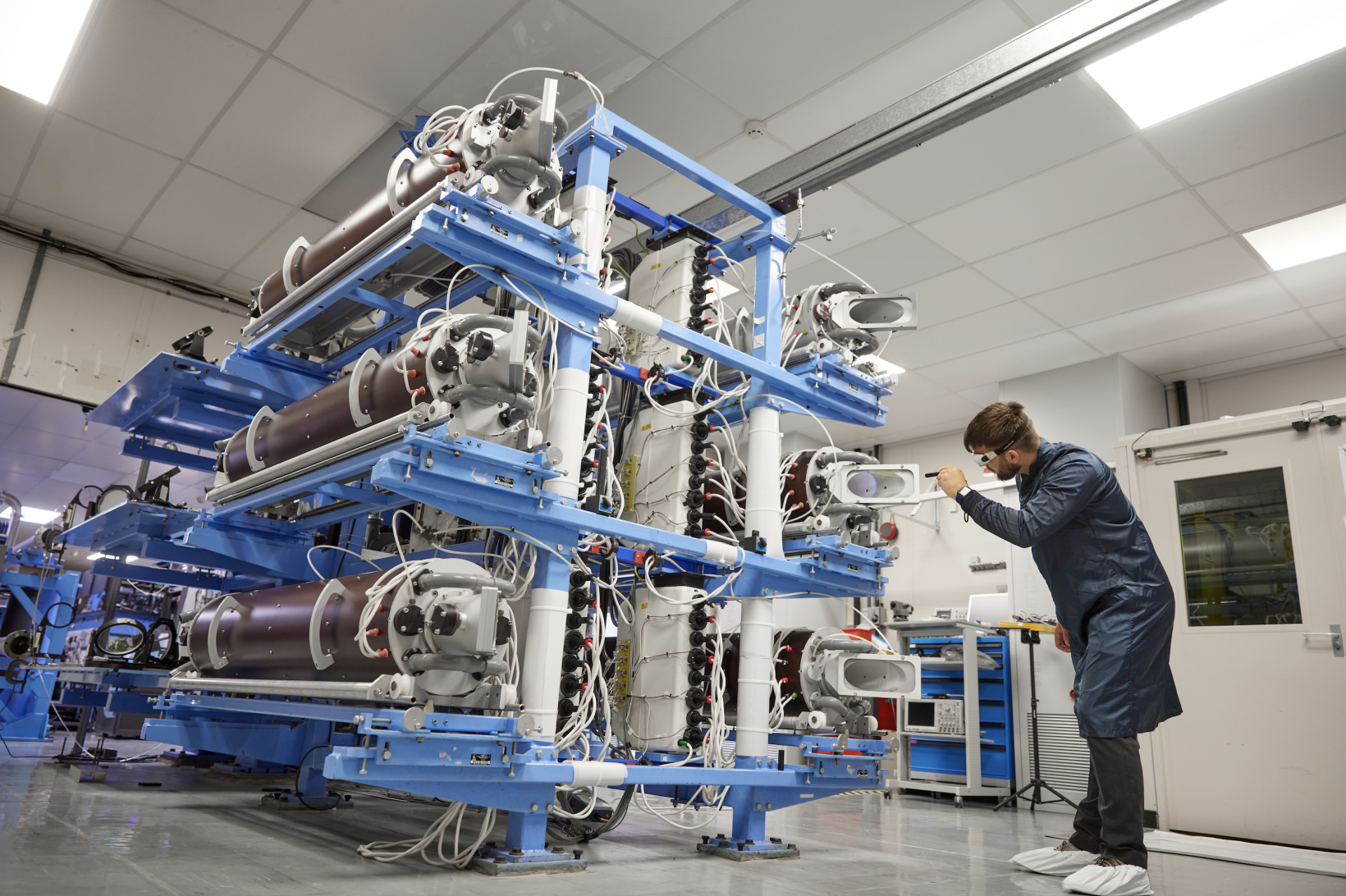In six years time, the UK will house what’s set to become the world’s most powerful laser. According to its developers, it will be “a million, billion, billion times brighter” than the brightest daylight of the Sahara Desert.
To realise this ambitious endeavour, the Central Laser Facility (CLF) of the Science and Technology Facilities Council (STFC) will begin construction of the laser at its base in South Oxfordshire. The UK Research and Innovation (UKRI) is funding the project with £85mn.
The CLF already houses a suite of lasers to study the fourth state of matter, known as plasma, enabling scientists to examine particle behaviour and gain insights into the fundamental properties of all matter, including in products such as batteries.
CLF’s flagship and most powerful laser to date is the so-called Vulcan, which has helped make significant contributions to plasma physics research. But amid increasing demand for use and growing competition in the sector, “it is timely for Vulcan to undergo its next major upgrade, making it ready to serve a new generation of scientists, ensuring the UK retains its leadership role in this field,” said professor John Collier, Director of CLF.


The new laser, named Vulcan 20-20, will be 100 times brighter than its predecessor. Its main laser beam will generate an energy output of 20 petawatts (PW) — equivalent to 10¹⁵ watts (or 1.000.000.000.000.000 watts, if that makes it any easier to grasp). The device will also feature eight high-energy beams with an output of 20 kilojoules (KJ).
This 20-fold increase in power is expected to make Vulcan 20-20 the most powerful laser in the world — a title currently held by the HPLS at the ELI-Nuclear Physics Facility in Romania.
Such a resource will enable scientists to delve deeper into multiple research areas, from astrophysical phenomena like solar flares and supernovae to the use of laser fusion as a green energy source.
Several experiments have already been planned. These include using electromagnetic fields to create matter-antimatter pairs, and testing a novel particle acceleration method for cancer radiotherapy treatments.
“Reestablishing Britain as home to the world’s most powerful laser is an exciting opportunity to explore the unexplored in astronomy and physics, stride towards new clean energy sources for the good of our planet, and much more,” said Science Minister George Freeman.
Published September 28, 2023 – 11:13 am UTC
Services Marketplace – Listings, Bookings & Reviews